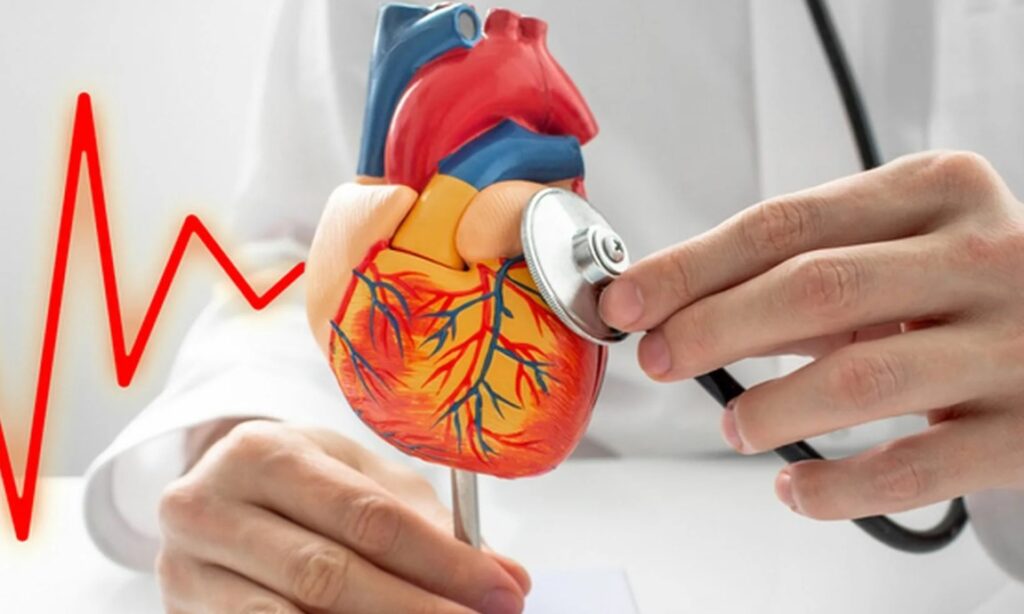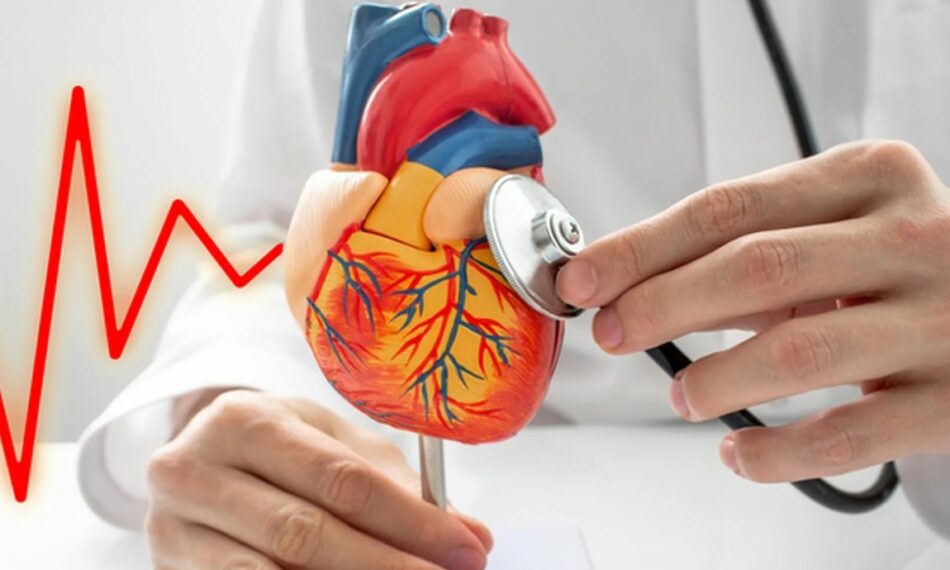Chronic heart disease can be a dangerous condition, and you’ll want to learn about its causes, symptoms, diagnosis, and treatment. This article will give you the information you need to understand this condition and how it can be prevented.
Symptoms
Heart disease is a major health issue that affects millions of people. The condition is caused by many different factors, including genetics and smoking. In fact, it is the leading cause of death for adults in the United States. However, there are ways to prevent and treat the condition.
One way to detect heart disease early is by performing regular health screenings. It is also important to eat a healthy diet and get plenty of exercise. Also, talk to your doctor about the risks of cardiovascular diseases.

Another sign of the disease is a symptom called angina. Angina is a common condition in which the blood supply to the heart is interrupted. If you have angina, you will experience a choking sensation and will need to see a doctor.
Causes
Chronic heart disease can be a result of many factors. Some of the most common are high blood pressure, diabetes, and congestive heart failure. Other causes include genetic problems and heart valve problems.
Cardiovascular disease (CVD) is the leading cause of death worldwide. In the United States, CVD is responsible for one in four deaths. It also imposes a heavy financial burden on the economy. In low-income countries, CVDs account for nearly 32% of all deaths.
Heart failure is a condition where the heart cannot pump enough blood throughout the body. This may cause swelling in the legs and ankles, shortness of breath, and fatigue. If the condition is serious, it can cause fluid to build up in the lungs and cause persistent coughing and wheezing.

Cardiovascular diseases cause an estimated 17.9 million deaths annually. Almost all of them are preventable with behavioural risk factors. These risk factors include tobacco use, unhealthy diets, physical inactivity, and harmful alcohol consumption.
Diagnosis
It is not always easy to tell whether a person has a heart condition. Heart disease can manifest itself in many forms, including congestive heart failure, coronary artery disease, stroke, cardiac arrhythmia, oesophageal varices, rheumatic heart disease and others. However, it is important to recognise that the heart is not a single unit, but rather an assemblage of organs that rely on each other to perform their function. The right side of the heart, for example, pumps blood into the lungs, while the left side is responsible for pumping it out. In addition to this, the right side has four valves to perform its duties. When one or more of the valves becomes faulty, the heart will engorge, causing a cascade of symptoms.
There are a number of tests that can help to pinpoint the cause of a patient’s woes. These include blood pressure, glucose, and cholesterol, as well as stress tests.
Treatment
The best chronic heart disease treatment involves a multipronged approach. It might include stopping smoking, eating well, and getting regular exercise. Some people may even opt for a transplant, which is replacing a damaged heart with a healthy donor heart.
There are many pitfalls to avoid along the way. For example, some insurance plans don’t cover prescription drugs in the first place, leaving your doctor to scramble to cover the bill. Similarly, many high deductible health plans require you to pay your deductible before you receive any services. On top of that, you can’t expect your insurer to pick up the tab for a trip to the cardiologist, which can leave you to pay out of pocket. One nifty solution is to go with a health savings account, which can be a life saver for your pocketbook.

Prevention
Cardiovascular disease (CVD) affects the heart and blood vessels and is one of the most common causes of disability and death worldwide. It is estimated that nearly one third of all deaths in the United States are due to CVD.
CVDs are caused by a combination of risk factors. Some of the most important behavioural risk factors include tobacco use, unhealthy diets, lack of physical activity, and obesity. In addition, the aging population is also contributing to the increasing prevalence of CVD.
CVDs are often caused by the formation of plaque in the arteries. These plaques can narrow the arteries, limiting blood flow. If they become large enough, they can block the flow of blood, causing a heart attack.
Luckily, there are many things you can do to prevent heart disease. Some of these include quitting smoking, eating healthier foods, and exercising more.

